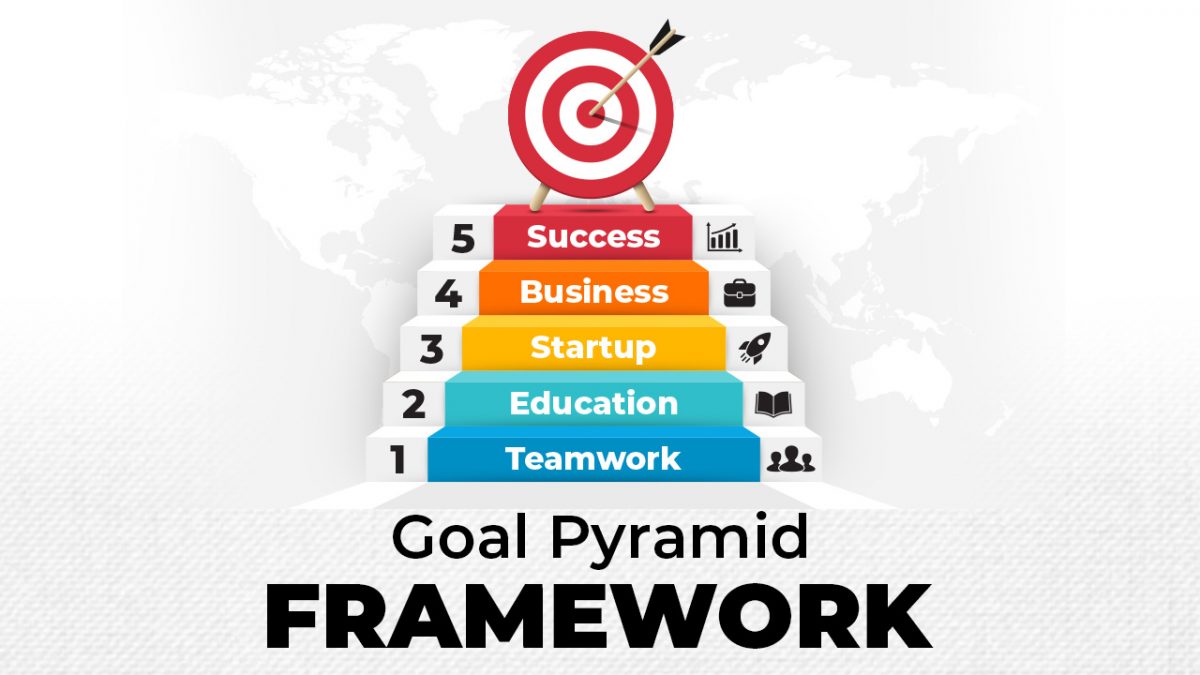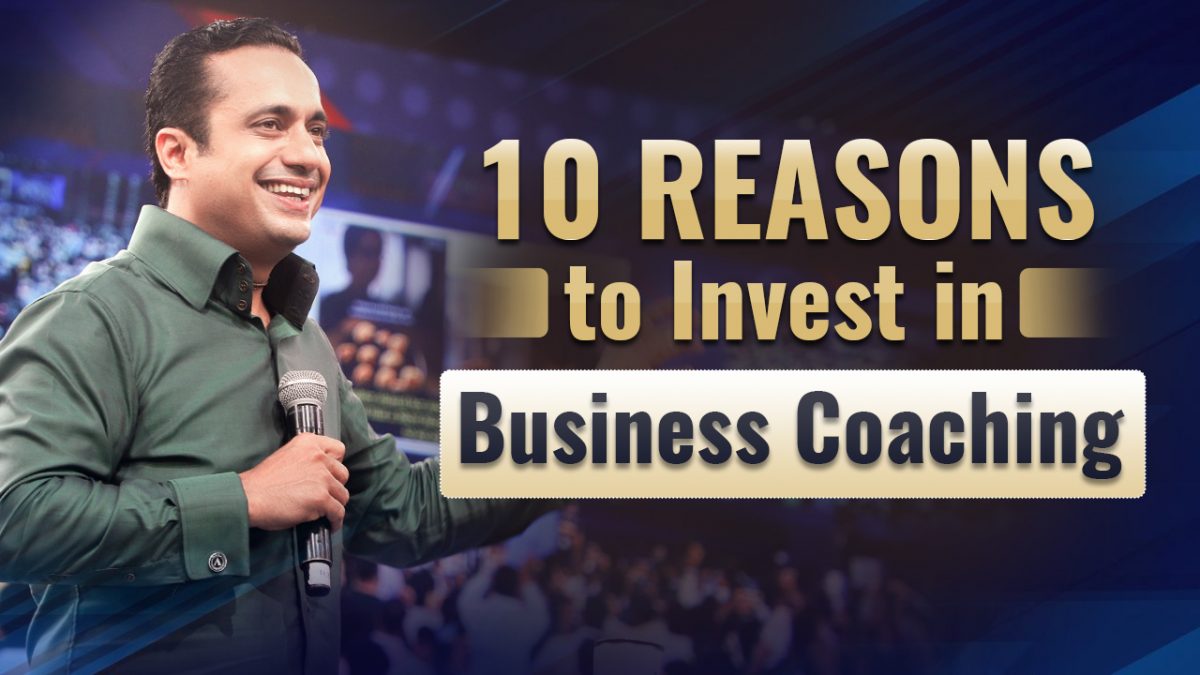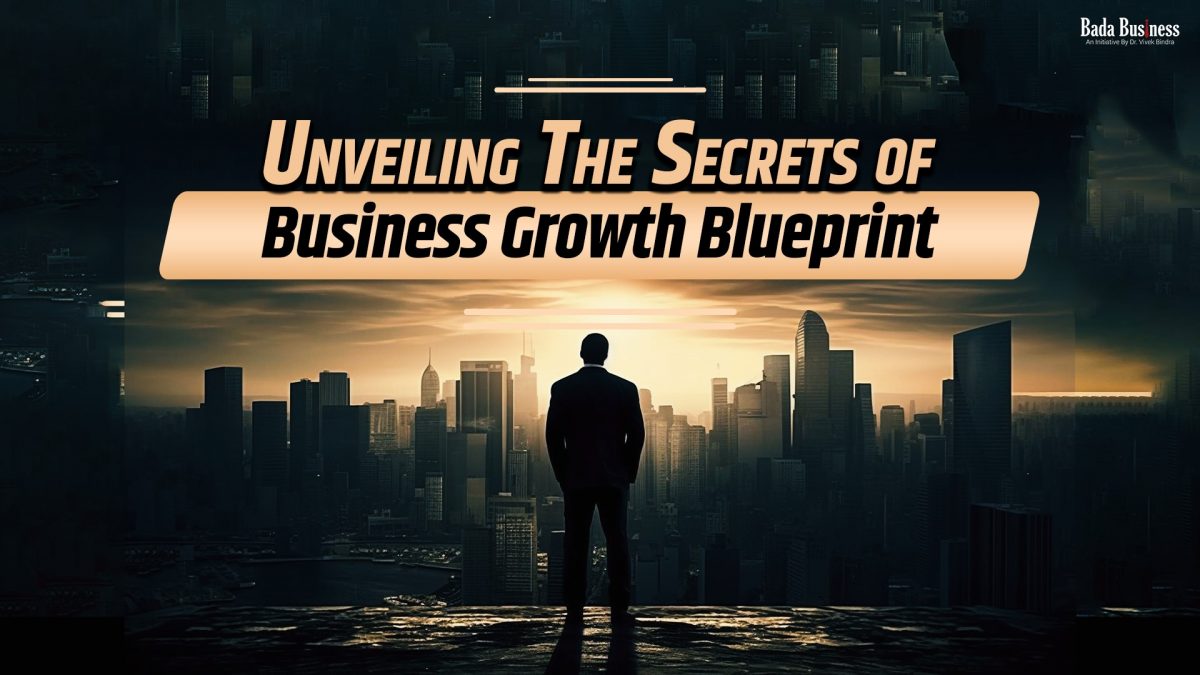The Kirkpatrick Model is a renowned framework for evaluating the effectiveness of training programs. For leaders, it serves as a crucial tool to measure and optimise the impact of leadership development initiatives and other organisational training efforts.
By understanding and applying the Kirkpatrick Model, leaders can ensure that their programs align with organisational goals and deliver tangible results.
The Four Levels of the Kirkpatrick Model
The Kirkpatrick Model evaluates training through four levels:
- Level 1: Reaction –
At this level, the focus is on gauging participants’ immediate reactions to the training. Did they find it engaging, relevant, and valuable? Leaders can gather feedback through surveys, questionnaires, and direct interactions.
This feedback is essential for understanding the initial perception of the training and sets the stage for deeper evaluations. - Level 2: Learning –
This level assesses what participants have learned during the training. It measures the increase in knowledge or skills gained through tests, quizzes, and other evaluation methods.
For leaders, ensuring that employees absorb and understand the training material is crucial, as it determines the likelihood of applying the new knowledge in real work scenarios. - Level 3: Behavior –
At this stage, the focus shifts to behavior change. Leaders must observe whether participants apply what they learned in their daily tasks. Behavioral changes are assessed through performance evaluations, peer feedback, and monitoring.
This level is critical for understanding whether the training is influencing actions and improving job performance. - Level 4: Results –
The final level measures the impact of the training on business outcomes. Did the training lead to improved performance, increased productivity, or higher sales? Leaders use key performance indicators (KPIs) and business metrics to assess whether the training translates into tangible results.
This level connects the training to organisational goals, making it a powerful tool for leaders to evaluate overall effectiveness.
Application of the Kirkpatrick Model for Leaders.
Leaders can tailor the Kirkpatrick Model specifically for leadership development by focusing on skills like decision-making, communication, and strategic thinking. Leaders can measure whether these development programs contribute to the organisation’s long-term success by aligning training objectives with business goals.
For instance, if a program aims to improve decision-making, leaders should assess whether participants make quicker and more effective decisions post-training, impacting productivity and team morale positively.
Benefits of the Kirkpatrick Model for Leaders
The Kirkpatrick Model offers several benefits for leaders when it comes to evaluating and optimising training programs. Here are the key benefits:
- Structured and Comprehensive Evaluation Framework:
- The Kirkpatrick Model provides a systematic approach to evaluate training effectiveness across multiple dimensions: reaction, learning, behavior, and results.
- Leaders can gain a holistic view of how training programs impact employees at different stages, from their immediate reaction to long-term business results.
- Data-Driven Decision Making:
- By collecting data at each level, leaders can make informed decisions regarding training programs.
- This information helps identify which programs are successful and which need improvement, allowing leaders to allocate resources more effectively.
- Alignment with Business Goals:
- The model connects training outcomes with business objectives, ensuring that training initiatives directly contribute to the organisation’s success.
- Leaders can evaluate whether specific training programs lead to measurable improvements in performance, productivity, or other business KPIs.
- Enhanced Accountability:
- With a clear evaluation framework, leaders can hold trainers, employees, and themselves accountable for training outcomes.
- The model helps set clear expectations for learning objectives, behavior changes, and results, making it easier to track progress and success.
- Continuous Improvement of Training Programs:
- The insights gathered from each level of evaluation allow leaders to refine and enhance training programs continuously.
- Leaders can identify gaps or areas for improvement, such as updating training content or delivery methods to increase effectiveness.
- Improved ROI on Training Investments:
- By measuring the impact of training on behavior and business outcomes, leaders can demonstrate the return on investment (ROI) of training programs.
- The model helps justify training budgets and investments by showing tangible results and aligning them with organisational priorities.
- Increased Employee Engagement and Motivation:
- Evaluating employee reactions (Level 1) and ensuring they gain value from training (Level 2) can boost morale and motivation.
- When employees see that their training is making a real impact on their performance and career growth, they are more likely to engage with future development programs.
- Effective Monitoring of Behavioral Changes:
- The Kirkpatrick Model emphasises the assessment of behavioral changes post-training (Level 3), which is crucial for leaders looking to foster a culture of continuous improvement.
- Leaders can track how well employees apply new skills and knowledge in their roles, ensuring that training translates into actionable outcomes.
Challenges and Limitations
The Kirkpatrick Model, while effective, also presents several challenges and limitations that leaders must consider when implementing it for training evaluation. Here are the main challenges:
- Resource and Time Intensity:
- Evaluating all four levels of the model (reaction, learning, behavior, and results) requires a significant investment of time, effort, and resources.
- For small organisations or those with limited budgets, implementing such a comprehensive evaluation may be challenging.
- Difficulty in Measuring Behavioral Changes (Level 3):
- Assessing whether employees have genuinely applied the skills or knowledge gained from training in their work can be difficult.
- Behavioral changes may take time to manifest, and it is not always easy to attribute these changes directly to training, as other factors (e.g., work environment, management support) might also play a role.
- Challenges in Quantifying Results (Level 4):
- Linking training outcomes to tangible business results, such as increased sales or improved productivity, can be complex.
- Many variables beyond training influence business outcomes, making it hard to isolate the impact of a single training program.
- Subjectivity in Measuring Reactions (Level 1):
- The evaluation of participants’ immediate reactions is often based on subjective feedback through surveys or questionnaires.
- This type of feedback may not always provide accurate insights into the training’s effectiveness or future impact, as it reflects initial impressions rather than long-term outcomes.
- Learning (Level 2) Assessment Limitations:
- The types of assessments used (e.g., quizzes, and exams) can restrict testing or measuring learning outcomes.
- These assessments may not fully capture the depth of knowledge gained, especially for soft skills or more complex competencies, which are harder to quantify.
- Overemphasis on Quantitative Data:
- The model tends to focus on measurable outcomes, which may not fully capture qualitative changes, such as improved communication, leadership, or teamwork skills.
- Leaders may struggle to effectively quantify and demonstrate the impact of such skills using the Kirkpatrick Model.
- Potential Biases in Evaluation:
- Evaluations, especially at the behavior and results levels, can be influenced by biases. For example, managers or evaluators may have preconceived notions about an employee’s performance that could affect their assessment of behavior changes.
- These biases can lead to inaccurate evaluations and undermine the model’s effectiveness.
- Applicability Across Different Types of Training Programs:
- The Kirkpatrick Model was originally designed for corporate training programs focused on skills and knowledge transfer. Applying it to other types of programs, such as leadership development or soft skills training, can be more challenging.
- Some training programs may not easily align with the model’s four levels, requiring adaptation or modification to fit the framework.
- Delayed Feedback and Impact Assessment:
- Measuring the impact of training (Levels 3 and 4) often requires long-term observation and tracking, leading to delays in feedback and improvement.
- This delay can make it difficult for leaders to adjust training programs quickly and adapt them in real time to achieve better outcomes.
- Dependence on Accurate Data Collection:
- The effectiveness of the Kirkpatrick Model relies heavily on the quality of data collected at each level.
- Inaccurate or incomplete data can compromise the evaluation results, leading to misinterpretations and ineffective decision-making.
Conclusion
The Kirkpatrick Model is a powerful tool for leaders to measure and enhance the effectiveness of their training programs. By evaluating training across four levels—reaction, learning, behavior, and results—leaders can understand how their efforts impact both individuals and the organisation as a whole. Adopting this model allows leaders to make informed, data-driven decisions, ensuring that their programs contribute meaningfully to business success.












